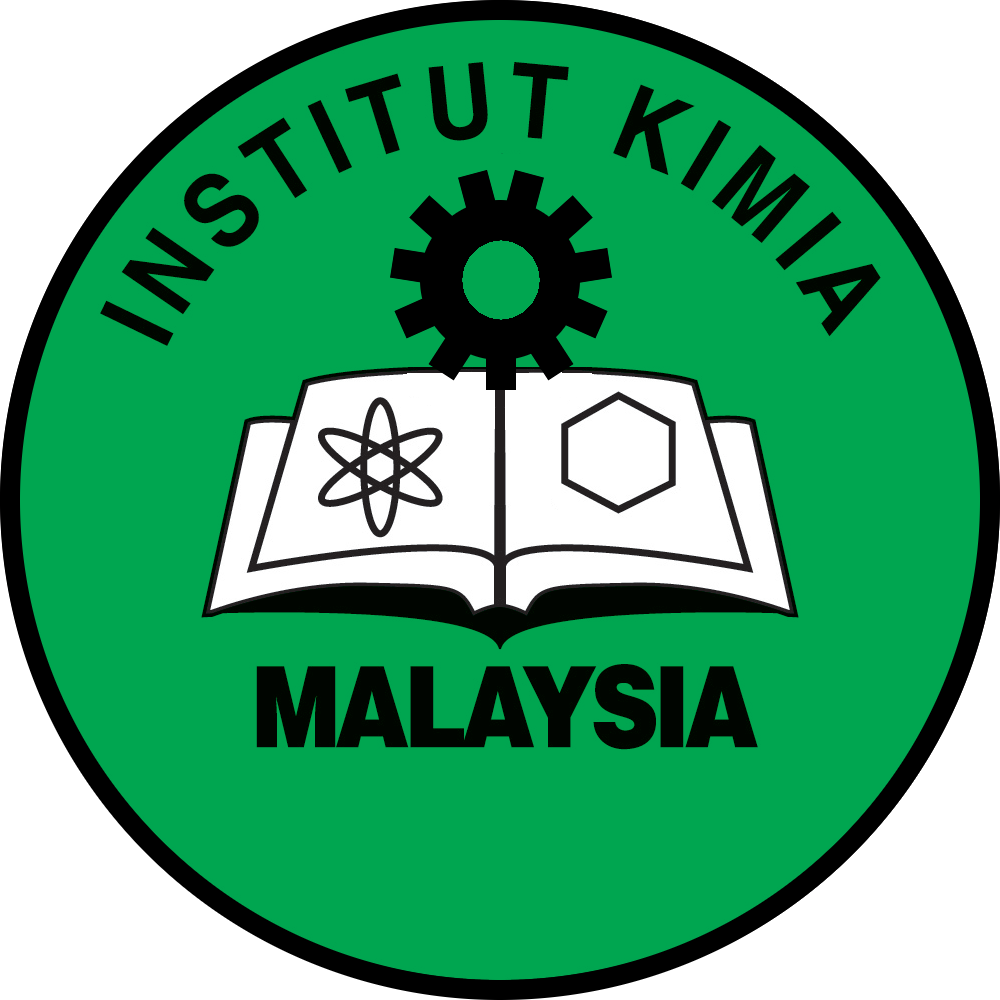The Effect of Cactus Opuntia and Banana Pith as Bio-Coagulant in Water Treatment
DOI: https://doi.org/10.55373/mjchem.v27i3.110
Keywords: Cactus opuntia; banana pith; bio-coagulant; water treatment; water pollution
Abstract
Coagulation and flocculation are crucial processes in the treatment of surface water and industrial wastewater or raw water. These processes typically involve the use of inorganic chemical coagulants, such as alum and ferric salt. However, these coagulants come with significant drawbacks, including high procurement costs and adverse effects on human health and the environment. This study explores the natural coagulation process as an alternative to conventional raw water treatment. The objective is to develop a natural bio-coagulant from cactus opuntia, banana pith, and a small amount of polyaluminum chloride (PAC) chemicals, capable of treating river water for daily use especially in water treatment process. PAC is a highly effective coagulant used in water treatment processes. It has several applications due to its ability to remove impurities and contaminants efficiently. Additionally, the study investigates the effectiveness of banana pith and cactus opuntia as bio-coagulants in reducing river water pollution. The methodology involves using river water filled into six beakers, followed by the addition of natural bio-coagulant materials with specific ratio as per the established procedure. The materials are cut, and either heated or ground before being added to the water. After filtering, the mixture is placed in a beaker with raw water for treatment. The materials physical properties and chemical compositions, including liquids and solids, affect the water's pH, turbidity, and color. Based on the literature, factors such as water type, coagulant material, material mass, temperature, and time are considered. The treated water showed a reduction in turbidity from 94.6 Nephelometric Turbidity Unit (NTU) to 9.64 NTU and a pH level of 6.05 approaching to natural pH value, with successful reduction of four heavy metals: iron, copper, manganese, and chromium.
